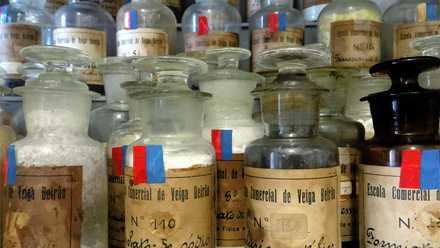This online presentation will cover the history, appearance, chemical composition, manufacture, and identification of black and brown inks. Conservation treatments and associated dilemmas will also be addressed. Special focus will be on logwood inks and iron gall inks.
Black and brown inks, i.e. bistre, soot ink, iron gall ink, logwood ink and sepia, have played an important role in the history of mankind as a means of expressing information, either in writing or drawing. Logwood inks were used by 19th and 20th artists such as Vincent van Gogh. In 1847, Runge introduced the black chrome-logwood ink as an alternative to iron-gall ink, because the latter attacked steel writing nibs. Due to the profitable trade in importing logwood from Haiti, chrome-logwood ink became the cheapest and most widely spread black writing ink in France. This could explain why Vincent van Gogh, during his French period, used it for writing and drawing instead of iron gall ink.
Banner image: Image from the 1900 catalogue of the important French ink manufacturer ‘Encre N. Antoine et Fils’ ©



